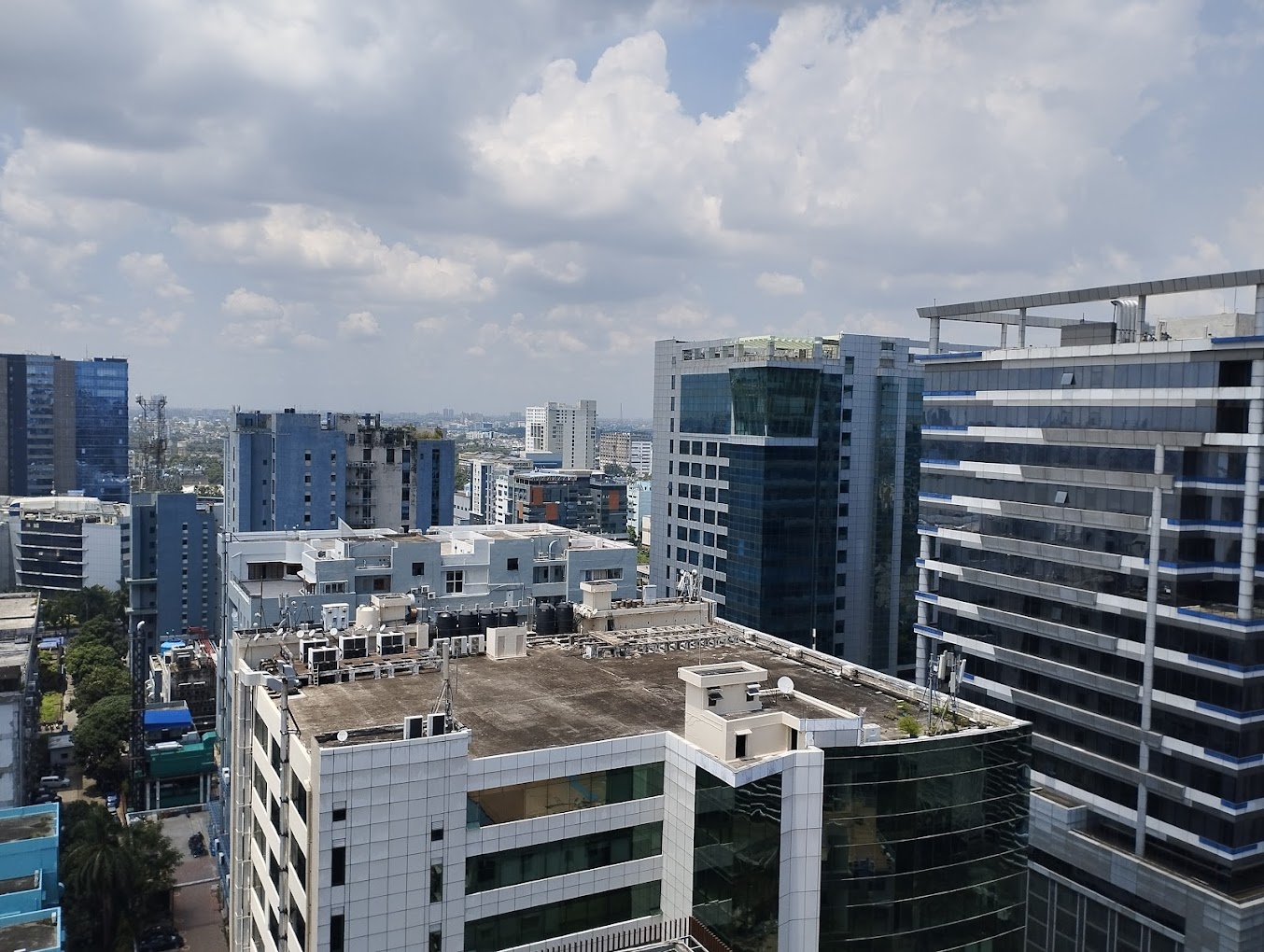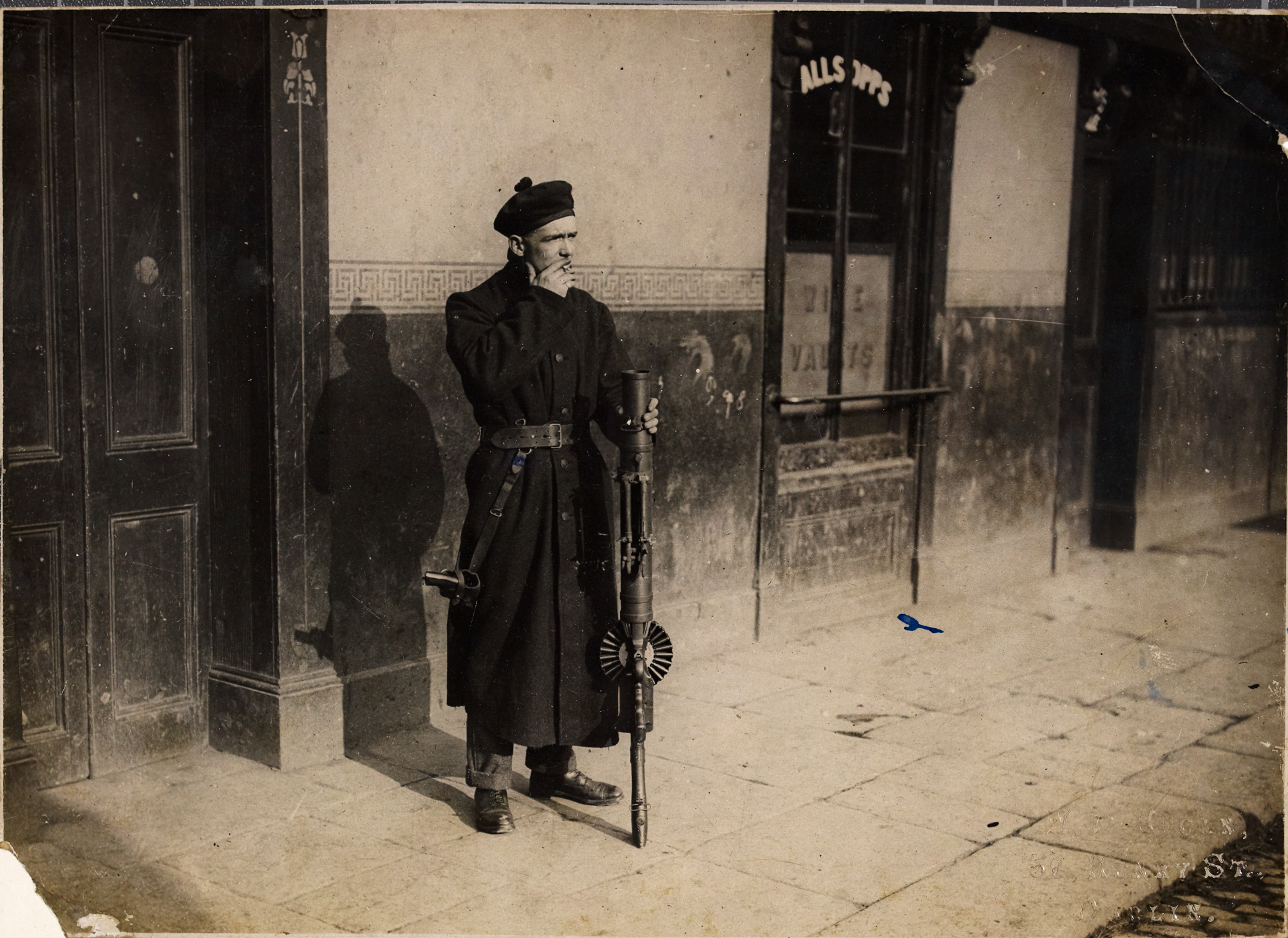|
Dunshaughlin
Dunshaughlin ( or locally ) is a town in County Meath, Ireland. A commuter town for nearby Dublin, Dunshaughlin more than tripled in population (from 2,139 to 6,644 inhabitants) between the 1996 and 2022 censuses. The town is in a townland and civil parish of the same name. History Foundation Dunshaughlin is named for Saint Seachnall, who established a church there in the 5th century, where he is said to be buried. The oldest reference to the place name is an entry in the '' Annála Uladh'' from the year 801, where the name takes the form "Domnaig Sechnaill". The word "Domnach", used in this way, can be attributed to churches which originate from the beginnings of Christianity in Ireland. North of the ruins of the original church, on the site, there is a Church of Ireland church built in 1814 with funds from the Board of First Fruits. Máel Sechnaill mac Domnaill was an ancestor from which the principal family of Brega, Ó Maoilsheachlainn, is descended. Dunshaughlin (o ... [...More Info...] [...Related Items...] OR: [Wikipedia] [Google] [Baidu] |
County Meath
County Meath ( ; or simply , ) is a Counties of Ireland, county in the Eastern and Midland Region of Republic of Ireland, Ireland, within the Provinces of Ireland, province of Leinster. It is bordered by County Dublin to the southeast, County Louth, Louth to the northeast, County Kildare, Kildare to the south, Offaly to the southwest, Westmeath to the west, County Cavan, Cavan to the northwest, and County Monaghan, Monaghan to the north. To the east, Meath also borders the Irish Sea along a narrow strip between the rivers River Boyne, Boyne and Delvin River, Delvin, giving it the List of Irish counties by coastline, second shortest coastline of any county. Meath County Council is the Local government in the Republic of Ireland, local authority for the county. Meath is the List of Irish counties by area, 14th-largest of Ireland's 32 traditional counties by land area, and the List of Irish counties by population, 8th-most populous, with a total population of 220,826 according to ... [...More Info...] [...Related Items...] OR: [Wikipedia] [Google] [Baidu] |
Secundinus
Secundinus (fl. 5th century), or Sechnall (Modern Irish: ''Seachnall'') as he was known in Irish, was founder and patron saint of Domhnach Sechnaill, County Meath, who went down in medieval tradition as a disciple of St Patrick and one of the first bishops of Armagh.Stalmans and Charles-Edwards, "Meath, saints of (act. ''c''.400–''c''.900)". Historians have suggested, however, that the connection with St Patrick was a later tradition invented by Armagh historians in favour of their patron saint and that Secundinus is more likely to have been a separate missionary, possibly a companion of Palladius. Background and sources Little is known about the saint and his cult. His foundation is Domnach Sechnaill ('Church of Sechnall'),'' Félire Óengusso'' (27 November, note), ed. Stokes, p. 248. now Dunshaughlin (County Meath), not far from Tara, and to judge by the use of the toponymic element ''domnach'' (from Latin ''dominicum''), the church is likely to be early.Charles-Edwards ... [...More Info...] [...Related Items...] OR: [Wikipedia] [Google] [Baidu] |
R147 Road (Ireland)
The R147 is a regional road in Ireland. Its first section runs from St Peters Church in Phibsborough, Dublin to its junction with the M50. It then follows the route of a former section of the N3 between Clonee and Kells. It serves as an alternative route for non-motorway traffic and traffic wishing to avoid tolls on the M3. Route The official description of the R147 from the ''Roads Act 1993 (Classification of Regional Roads) Order 2012'' ''Irish Statute Book''. 2012-02-28. reads: :R147: Dublin — Clonee — Navan — Derver, County Meath (Part old National Route 3) :Between its junction with the [...More Info...] [...Related Items...] OR: [Wikipedia] [Google] [Baidu] |
Loch Gabhair
Loch Gabhar (Lagore), of which there are two possible origins. One is "Lake of the Goats" the other is ''Loch dá Gabhar'' (“lake of the two horses”) and is explained in the eleventh-century texts ''Dindshenchas Érenn'' as the place where the horses of Eochu, king of Munster were drowned. It is an area in the barony of Ratoath, County Meath, Ireland. It is located between the villages of Ratoath and Dunshaughlin and is the namesake of the townlands of Lagore Big (Loch Gabhar Mór) and Lagore Little (Loch Gabhar Beag). Lagore is also home to the Lagore crannóg, the Irish royal residence of the 7th to 10th centuries. During excavations of the site a number of bronze items were found, including weapons and brooches. These finds included the Lagore Brooch, which can now be found at the National Museum of Ireland on Kildare Street in Dublin. Kings of Lagore/Deiscert Breg (south Brega) :List incomplete: see Mac Shamhráin, 2004. # Fergus mac Fogartach mac Niall mac Cernach Sot ... [...More Info...] [...Related Items...] OR: [Wikipedia] [Google] [Baidu] |
Republic Of Ireland
Ireland ( ), also known as the Republic of Ireland (), is a country in Northwestern Europe, north-western Europe consisting of 26 of the 32 Counties of Ireland, counties of the island of Ireland, with a population of about 5.4 million. Its capital city, capital and largest city is Dublin, on the eastern side of the island, with a population of over 1.5 million. The sovereign state shares its only land border with Northern Ireland, which is Countries of the United Kingdom, part of the United Kingdom. It is otherwise surrounded by the Atlantic Ocean, with the Celtic Sea to the south, St George's Channel to the south-east and the Irish Sea to the east. It is a Unitary state, unitary, parliamentary republic. The legislature, the , consists of a lower house, ; an upper house, ; and an elected President of Ireland, president () who serves as the largely ceremonial head of state, but with some important powers and duties. The head of government is the (prime minister, ), ... [...More Info...] [...Related Items...] OR: [Wikipedia] [Google] [Baidu] |
Satellite Town
A satellite city or satellite town is a smaller municipality or settlement that is part of (or on the edge of) a larger metropolitan area and serves as a regional population and employment center. It differs from mere suburbs, subdivisions and especially bedroom communities in that it has employment bases sufficient to support its residential population, and conceptually, could be a self-sufficient community outside of its larger metropolitan area. However, it functions as part of a metropolis and experiences high levels of cross-commuting (that is, residents commuting out of and employees commuting into the city). Satellite cities versus other types of settlement Satellite cities are different from and are sometimes confused with the following related patterns of development. Suburbs Satellite cities differ from suburbs in that they have distinct employment bases, commuter sheds, and cultural offerings from the central metropolis, as well as an independent municipal gove ... [...More Info...] [...Related Items...] OR: [Wikipedia] [Google] [Baidu] |
Irish War Of Independence
The Irish War of Independence (), also known as the Anglo-Irish War, was a guerrilla war fought in Ireland from 1919 to 1921 between the Irish Republican Army (1919–1922), Irish Republican Army (IRA, the army of the Irish Republic) and United Kingdom of Great Britain and Ireland, British forces: the British Army, along with the quasi-military Royal Irish Constabulary (RIC) and its paramilitary forces the Auxiliary Division, Auxiliaries and Ulster Special Constabulary (USC). It was part of the Irish revolutionary period. In April 1916, Irish republicanism, Irish republicans launched the Easter Rising against British rule in Ireland, British rule and Proclamation of the Irish Republic, proclaimed an Irish Republic. Although it was defeated after a week of fighting, the Rising and the British response led to greater popular support for Irish independence. In the 1918 Irish general election, December 1918 election, republican party Sinn Féin won a landslide victory in Ireland. O ... [...More Info...] [...Related Items...] OR: [Wikipedia] [Google] [Baidu] |
Black And Tans
The Black and Tans () were constables recruited into the Royal Irish Constabulary (RIC) as reinforcements during the Irish War of Independence. Recruitment began in Great Britain in January 1920, and about 10,000 men enlisted during the conflict. The majority were unemployed former British Army, British soldiers from England, Scotland and Wales who had fought in the First World War. Some sources count Irish recruits to the RIC from 1920 as "Black and Tans". The Black and Tans had a reputation for brutality; they committed murder, arson and looting and became notorious for reprisal attacks on civilians and civilian property. Their actions further swayed Irish public opinion against British rule and drew condemnation in Britain. The Black and Tans were sometimes confused with the Auxiliary Division, a counterinsurgency unit of the RIC, also recruited during the conflict and made up of former British officers. At the time, "Black and Tans" was sometimes used for both groups. Anothe ... [...More Info...] [...Related Items...] OR: [Wikipedia] [Google] [Baidu] |
Great Famine (Ireland)
The Great Famine, also known as the Great Hunger ( ), the Famine and the Irish Potato Famine, was a period of mass starvation and disease in Ireland lasting from 1845 to 1852 that constituted a historical social crisis and had a major impact on Irish society and history as a whole. The most severely affected areas were in the western and southern parts of Ireland—where the Irish language was dominant—hence the period was contemporaneously known in Irish as , which literally translates to "the bad life" and loosely translates to "the hard times". The worst year of the famine was 1847, which became known as "Black '47".Éamon Ó Cuív – the impact and legacy of the Great Irish Famine The population of Ireland on the eve of the famine was about 8.5 million; by 1901, it was just 4.4 million. During the Great Hunger, roughly 1 million people died and more than 1 million more Irish diaspora, fled the country, causing the country's population to fall by 20–25% between 18 ... [...More Info...] [...Related Items...] OR: [Wikipedia] [Google] [Baidu] |
Workhouse
In Britain and Ireland, a workhouse (, lit. "poor-house") was a total institution where those unable to support themselves financially were offered accommodation and employment. In Scotland, they were usually known as Scottish poorhouse, poorhouses. The earliest known use of the term ''workhouse'' is from 1631, in an account by the mayor of Abingdon, Oxfordshire, Abingdon reporting that "we have erected within our borough a workhouse to set poorer people to work". The origins of the workhouse can be traced to the Statute of Cambridge 1388, which attempted to address the labour shortages following the Black Death in England by restricting the movement of labourers, and ultimately led to the state becoming responsible for the support of the poor. However, mass unemployment following the end of the Napoleonic Wars in 1815, the introduction of new technology to replace agricultural workers in particular, and a series of bad harvests, meant that by the early 1830s the established sy ... [...More Info...] [...Related Items...] OR: [Wikipedia] [Google] [Baidu] |






